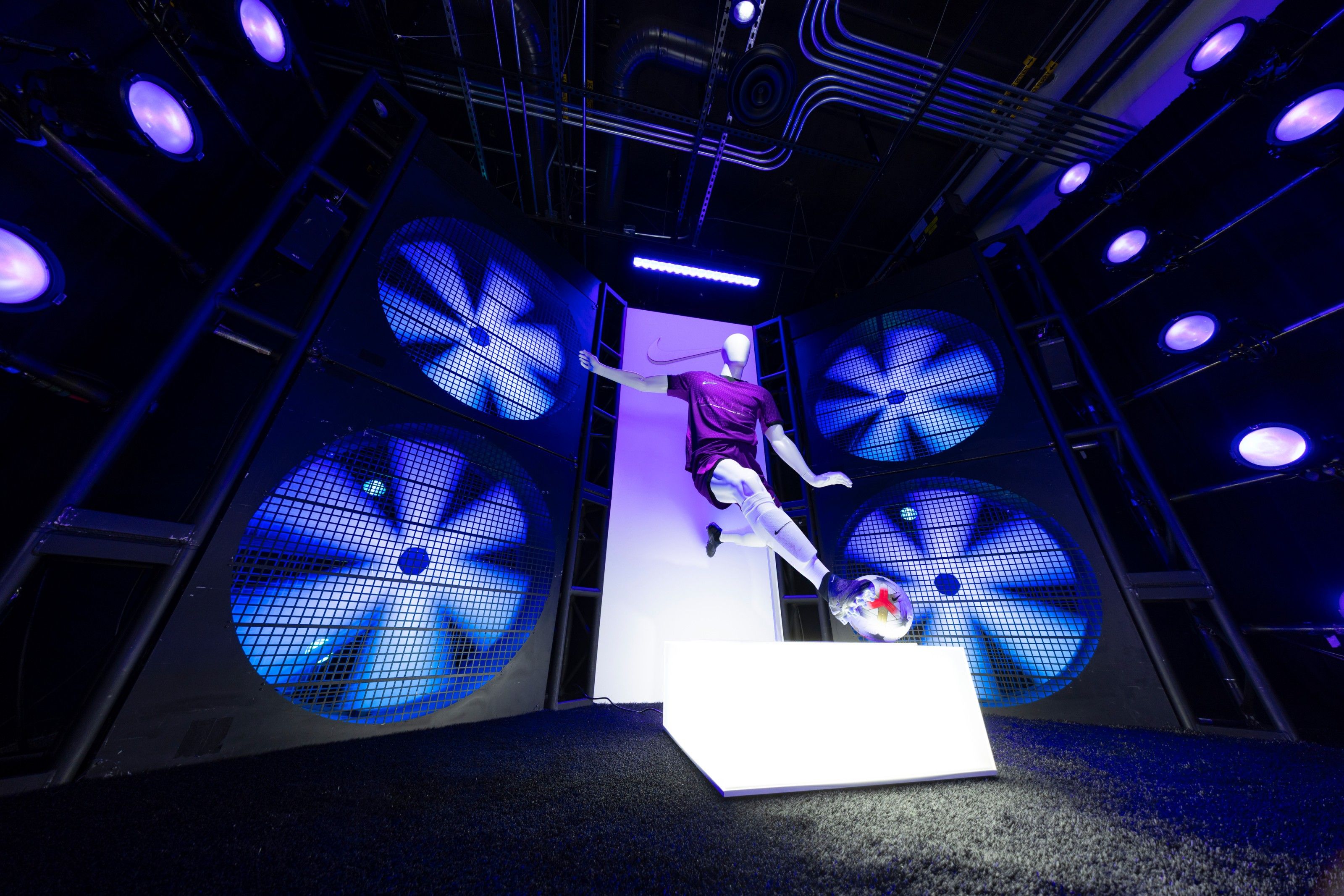Nike just dropped its most climate-conscious gear yet. The sportswear giant unveiled Aero-FIT performance cooling technology today, designed specifically for a world where athletes face increasingly dangerous heat conditions. With 14 of 16 World Cup host cities expected to hit extreme temperatures in 2026, this isn't just innovation - it's survival gear.
Nike just made climate change adaptation its competitive advantage. The company unveiled its Aero-FIT performance cooling technology today, positioning itself ahead of what's shaping up to be the hottest World Cup in history. The timing isn't coincidental - with summer 2026 games spread across Mexico, Canada, and the US, 14 of the 16 host cities are bracing for extreme heat conditions that could sideline athletes and endanger fans. Nike's solution promises to double airflow compared to existing athletic apparel, but the real story is how major brands are finally designing for our changing climate instead of pretending it away. The technology works by enhancing the body's natural cooling system through improved air movement between skin and fabric. Traditional uniforms can trap heat and block sweat evaporation - the opposite of what athletes need when temperatures soar. According to Nike's announcement, Aero-FIT creates strategic ventilation zones that let bodies breathe under pressure. This isn't Nike's first rodeo with performance cooling, but it's their most explicit acknowledgment of climate reality. "Today's athletes are competing in a hotter, wetter world," the company stated, dropping any pretense that rising temperatures are someone else's problem. The World Cup context adds urgency to what might otherwise be dismissed as marketing spin. BBC analysis of the 2026 tournament reveals a heat map that would make any sports physiologist nervous. From Phoenix to Mexico City, players will face conditions that historically sent athletes to hospital tents. Nike's betting that superior cooling tech will become as crucial as speed and agility in athletic performance. The sustainability angle adds another layer to Nike's strategy. Aero-FIT materials come entirely from textile waste, addressing the environmental contradiction of using fossil fuel-derived synthetics to fight climate impacts. It's a clever move that positions Nike as both problem-solver and responsible manufacturer, though critics might point out that the company's overall carbon footprint still dwarfs these fabric innovations. What's particularly telling is Nike's framing of this as adaptation rather than mitigation. They're not promising to slow climate change - they're designing for the hotter world that's already here. It's a pragmatic approach that acknowledges physical realities while creating new market opportunities. Other athletic brands will likely follow suit, turning climate adaptation into the next battleground for sports technology supremacy. The 2026 World Cup becomes Nike's real-world testing ground, with global visibility and athlete safety on the line. If Aero-FIT performs as promised under extreme conditions, expect rapid adoption across professional sports. If it falls short, Nike risks both athlete welfare and brand credibility on the world's biggest stage. Beyond the World Cup, this launch signals a broader shift in how consumer brands approach climate change. Rather than focusing solely on reducing emissions or plastic waste, companies are starting to design products for the climate impacts we can't avoid. It's adaptation capitalism - turning inevitable environmental changes into business opportunities.

